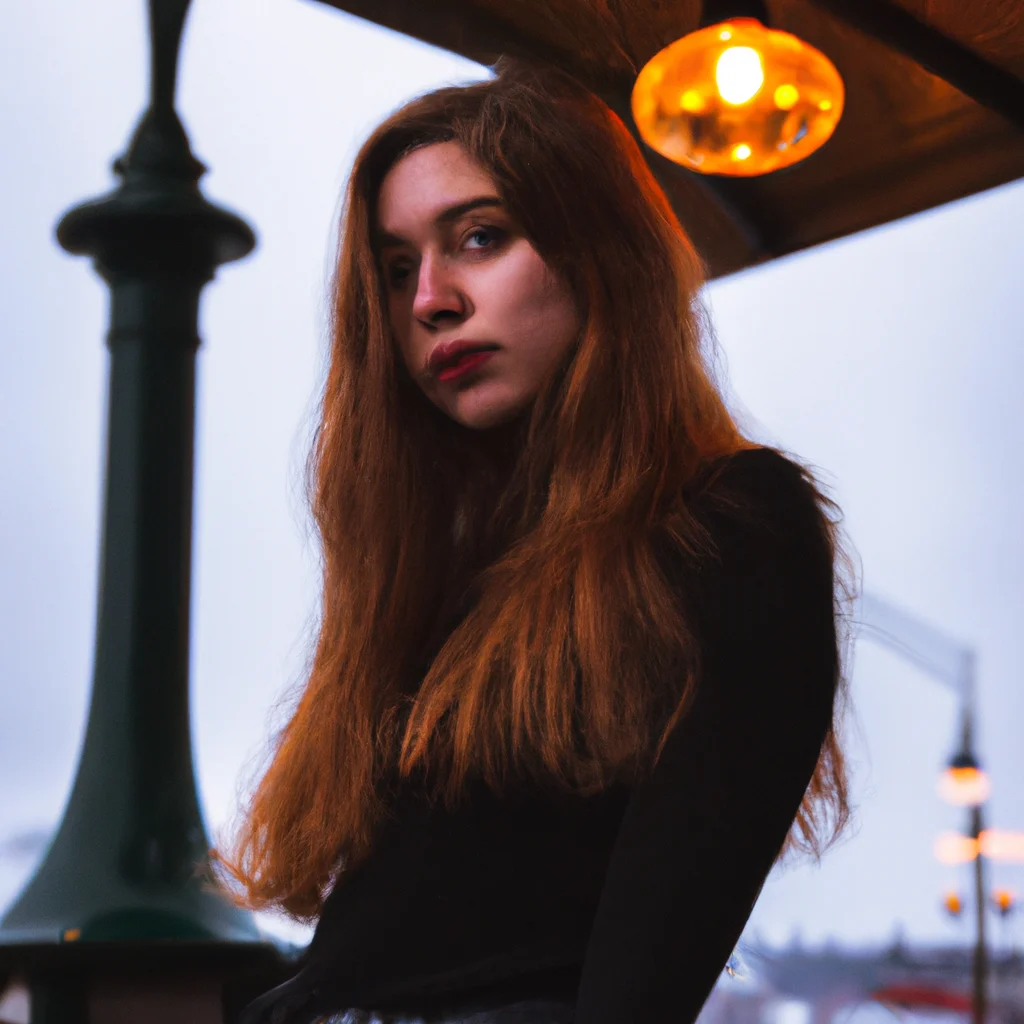Seattle’s cloudy weather presents a unique opportunity for photographers aiming to create moody portraits. The natural light diffused by clouds can produce soft shadows and a subtle atmosphere that enhances portraits in ways that bright sunlight cannot. This guide will equip you with techniques, tips, and insights to harness Seattle’s weather for stunning moody portraits.
Understanding the Aesthetic of Moody Portraits
Moody portraits typically convey emotion and depth, often characterized by darker tones, rich textures, and a sense of introspection. The atmospheric conditions in Seattle, particularly during overcast days, can help achieve this aesthetic effectively. The absence of harsh sunlight allows for a more controlled lighting environment, which is ideal for creating portraits that evoke feelings and narratives.
Optimal Times for Shooting in Cloudy Weather
When planning your portrait sessions in Seattle, timing is essential. The best times for shooting moody portraits during cloudy weather are:
Golden Hour
The golden hour, occurring shortly after sunrise and before sunset, provides a warm light even on cloudy days. Utilize this time to capture portraits with a soft glow that enhances the moodiness without being overly bright.
After Rain
Seattle often experiences rain, which can enrich the colors in your photos and add a fresh, clean quality to the environment. The wet surfaces can reflect light beautifully, contributing to the overall moody effect.
Midday Clouds
While midday is generally considered less optimal due to harsh light, overcast skies can provide consistent lighting throughout the day. This consistency can be beneficial for capturing portraits with a unified look.
Location Selection for Moody Portraits
Choosing the right location is crucial in achieving the desired mood in your portraits. Seattle offers a variety of settings ideal for moody photography:
Urban Environments
Seattle’s urban landscapes, featuring industrial structures, graffiti, and alleyways, can contribute to the moodiness of your portraits. The contrast between the subject and the gritty background adds depth and character to the images.
Nature Settings
Utilize Seattle’s parks and waterfronts. The lush greenery, foggy lakes, and coastal views create a backdrop that complements the emotional tone of moody portraits. Locations like Discovery Park or Gas Works Park can offer stunning settings.
Iconic Seattle Landmarks
Incorporating recognizable landmarks, such as the Space Needle or Pike Place Market, can enhance the storytelling aspect of your portraits while maintaining a moody aesthetic.
Lighting Techniques for Moody Portraits
Lighting is one of the most critical elements in photography, especially when aiming for a moody effect. Here are several techniques to optimize lighting in cloudy conditions:
Natural Light Modulation
When shooting outdoors, position your subject to take advantage of the diffused light. Avoid direct exposure to overhead light; instead, place them in open shade or near reflective surfaces that can bounce light softly onto their faces.
Reflectors
Using reflectors can help manipulate natural light, directing it towards your subject to fill in shadows without overpowering the scene. A simple white or silver reflector can work wonders in softening shadows while maintaining the moody atmosphere.
Backlighting Techniques
Positioning your subject with the light source behind them can create a halo effect, adding drama and mood. Experiment with different angles to find the best way to highlight your subject while keeping the background interesting.
Camera Settings for Moody Portraits
To effectively capture moody portraits, specific camera settings can enhance the final product:
ISO Settings
In low-light conditions, a higher ISO may be necessary to maintain a fast shutter speed. A setting between 400 and 1600 can work well, but be mindful of noise levels. Testing different settings will help find the perfect balance.
Aperture Control
A wider aperture (f/1.8 to f/4) is ideal for achieving a shallow depth of field, isolating the subject and blurring the background, which adds to the moody aesthetic. This technique draws attention to the subject while maintaining a sense of ambiance.
Shutter Speed Considerations
Utilize a shutter speed fast enough to avoid motion blur, especially if your subject is moving. A speed of 1/125 or higher is generally recommended, depending on the scene’s dynamics.
Post-Processing Techniques for Mood Enhancement
Post-processing can significantly enhance the moodiness of your portraits. Here are some essential editing techniques:
Contrast Adjustment
Increasing contrast can deepen shadows and emphasize highlights, contributing to the dramatic quality of portraits. Be cautious; too much contrast can lead to loss of detail.
Color Grading
Adjusting the color tones can greatly influence the mood. Consider using cooler tones for a more subdued feel or warmer tones for a sense of comfort and intimacy.
Vignette Effects
Applying a slight vignette can draw the viewer’s eye toward the subject, enhancing focus while maintaining the overall moody atmosphere. Experiment with the intensity to find what best suits your image.
Utilizing Props and Wardrobe for Mood
The choice of props and wardrobe can significantly influence the mood of your portraits. Consider these aspects when preparing for your shoot:
Wardrobe Selection
Outfits in darker colors or rich textures can enhance the overall moodiness of your portraits. Layering clothing can also add depth to the composition, providing visual interest and complexity.
Props That Enhance Emotion
Incorporating props such as books, umbrellas, or personal items can tell a story or evoke specific emotions. Choose props that resonate with the subject’s personality and the mood you wish to convey.
Engaging with Your Subject
Creating a moody portrait is not just about technical aspects; the relationship with your subject is equally important. Here are ways to foster engagement:
Building Trust
Establish a rapport with your subject to make them feel comfortable. This connection often translates into genuine expressions and poses that enhance the mood of the portrait.
Directing Poses
Guide your subject on poses that convey the intended emotion. Encouraging candid moments can yield more authentic results, but having a few posed options can also help control the atmosphere.
Encouraging Expression
Engage your subject in conversation or ask them to think about a particular memory or feeling. This technique can evoke natural expressions that resonate with the moody aesthetic.
Conclusion
Shooting moody portraits in Seattle’s cloudy weather can yield striking results when approached with the right techniques and mindset. By understanding the nuances of lighting, location, and subject engagement, photographers can create compelling images that reflect depth and emotion. For more insights into lifestyle photography and other creative endeavors, visit Nivax Lifestyle.


